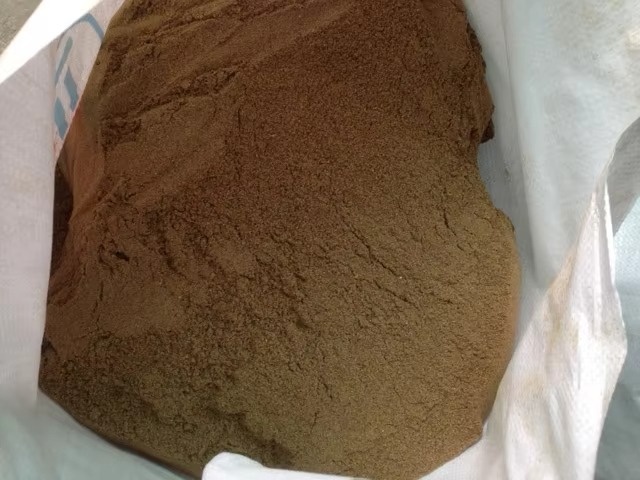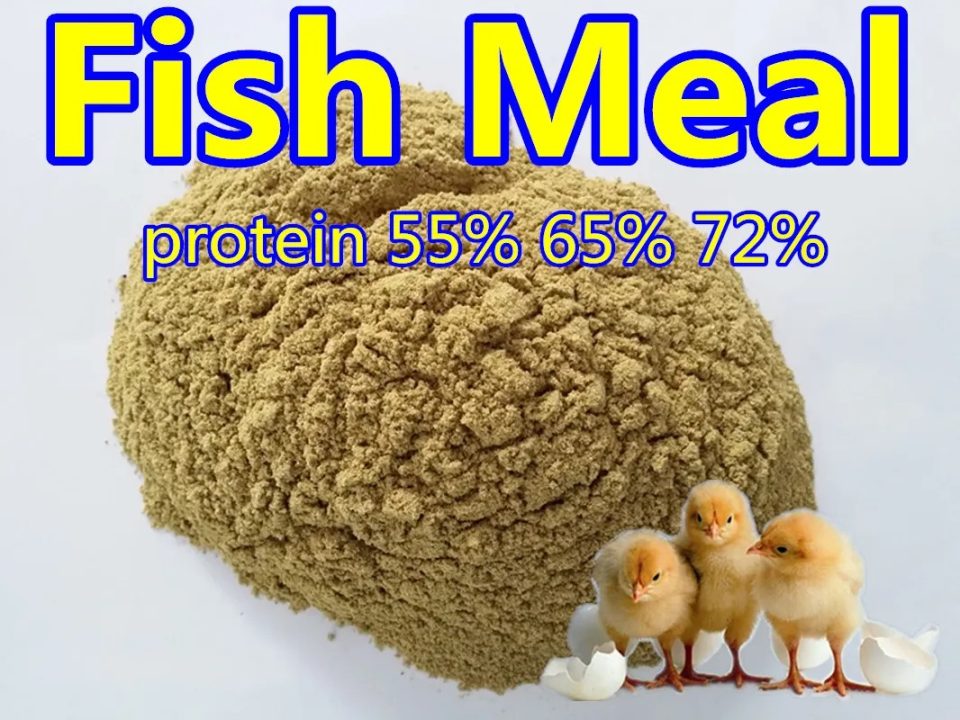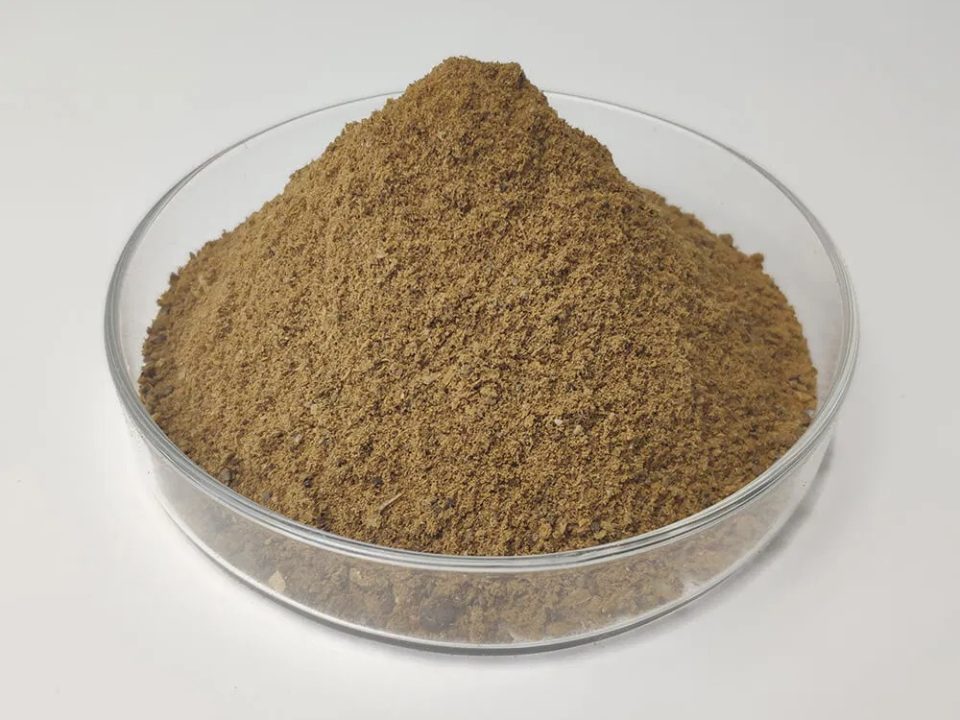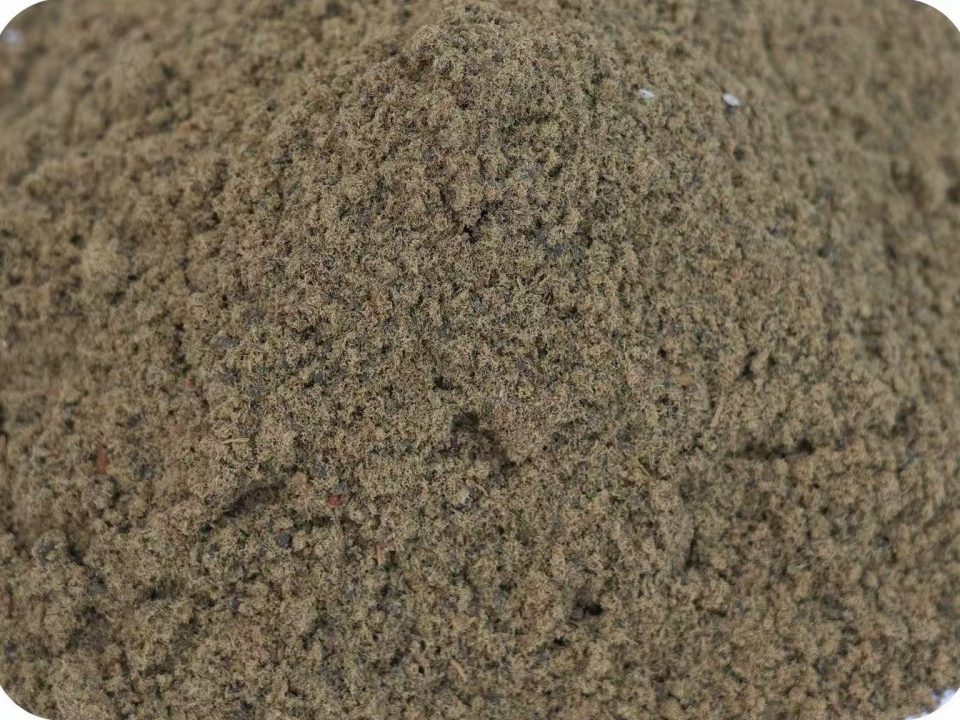High Protein Fish Meal Powder for Advanced Animal Nutrition

Chicken Meal 60% Powder for Animal Feed Additive
October 18, 2025
Analyzing Choline Chloride’s Efficacy
November 30, 2025
The Zenith of Marine Nutrients: A Scientific Analysis of High Protein Fish Meal Powder for Advanced Animal Nutrition
The field of animal nutrition is fundamentally reliant on the efficacy and bioavailability of its core protein sources, and amongst these, fish meal stands unrivalled as the Gold Standard. It represents a pinnacle of natural nutrient concentration and composition, a perfectly evolved matrix of protein, essential fats, and bioavailable minerals. Our product, the High Protein Fish Meal Powder, is not merely a commodity; it is a meticulously engineered nutrient complex, benchmarked against the most stringent scientific criteria. We are defining a new tier of quality—a Super Prime grade—characterized by an exceptional minimum $68\%$ Crude Protein (CP) and a critical minimum $95\%$ Pepsin Digestibility. This level of specification demands an analytical journey through raw material integrity, precision processing technology, and the resulting biochemical superiority that drives superior growth performance in high-demand animal sectors, particularly aquaculture and juvenile mammalian feeds.
The Uncompromising Foundation: Raw Material Freshness and the Science of Degradation Control
The nutritional potency of the final fish meal product is intrinsically linked to the freshness of the marine raw materials—typically small pelagic species like anchovy, sardine, or mackerel—at the moment processing begins. The scientific challenge is immediate: post-harvest, fish tissue rapidly undergoes autolytic and microbial degradation. The key indicators of this degradation are the formation of Total Volatile Basic Nitrogen (TVBN) and the onset of lipolysis, which generates free fatty acids.
Our commitment to a TVBN maximum of $100 \text{mg/100g}$ is a direct, quantifiable testament to our supply chain discipline. TVBN is primarily composed of trimethylamine (TMA) and ammonia, products derived from the bacterial and enzymatic breakdown of trimethylamine oxide (TMAO) and protein. High TVBN levels correlate directly not just with a loss of quality and palatability, but also with protein damage, as excessive degradation can lead to cross-linking and lower digestibility. By maintaining this extremely low TVBN benchmark, we certify that the structural integrity of the muscle protein—the very foundation of the $68\%$ CP target—has been preserved intact from the moment of catch. This freshness imperative is the first, non-negotiable step in securing the final product’s high nutritional value.
Simultaneously, we must address the lipid fraction. The fish oil, rich in highly valuable long-chain polyunsaturated fatty acids (LC-PUFAs), is highly susceptible to hydrolytic rancidity. Endogenous lipases within the fish muscle rapidly break down triglycerides into Free Fatty Acids (FFA). While the final product is partially defatted, the quality of the remaining fat is paramount. Uncontrolled lipolysis results in a high FFA content, which is a precursor to oxidative rancidity, leading to poor palatability and potentially the destruction of fat-soluble vitamins. The prompt and precise application of chilling and rapid processing is, therefore, a scientific necessity, halting enzymatic activity and locking in the chemical stability of both the protein and lipid matrices before thermal treatment commences.
The Precision Engineering of Rendering: Maximizing Bioavailability and Concentration
The transformation of this delicate, heterogeneous raw material into a stable, concentrated powder demands highly sophisticated rendering technology—a process that is fundamentally one of controlled thermal hydrolysis, separation, and drying. The core scientific goals here are fourfold: Sterilization, Concentration, Hydrolysis, and Stabilization.
The initial cooking phase is the point of thermal hydrolysis. We are utilizing controlled steam heat to achieve two critical objectives concurrently. First, the heat must ensure absolute pathogen inactivation, achieving sufficient thermal lethality (monitored via $F_0$ values) to guarantee microbial safety. Second, and equally important from a nutritional perspective, the heat must induce protein denaturation. This controlled denaturation unfolds the complex tertiary and quaternary structures of the muscle protein, exposing the peptide bonds to make them readily accessible to the digestive enzymes of the consuming animal. This precise thermal application is the prerequisite for achieving the $95\%$ Pepsin Digestibility benchmark. Crucially, the process must avoid the destructive threshold of over-processing, where excessive heat causes irreversible chemical reactions, such as the formation of non-digestible Maillard products (e.g., lysinoalanine, isopeptides) that would significantly reduce true protein bioavailability.
Following cooking, the material moves to the pressing and separation phase. This is the mechanical-scientific mechanism used to achieve the $68\%$ minimum Crude Protein concentration. Efficient pressing removes the majority of water and oil, leaving behind the concentrated “press cake,” which is essentially the protein and mineral complex. The physics of this separation must be highly refined to maximize oil yield (for separate sale or stabilization) while minimizing protein loss in the liquid stream, thus driving up the protein concentration in the solid meal.
Finally, the drying phase is critical for product stability, ensuring a maximum Moisture content of $8\%$. Low moisture directly translates to a low water activity ($\mathbf{a_w}$), typically below $0.65$. This low $a_w$ is the thermodynamic condition that arrests microbial growth (moulds and bacteria) and severely slows down chemical deterioration reactions. Our use of advanced, usually indirect steam or vacuum drying ensures gentle, uniform drying without exposing the product to high contact temperatures that would cause the very heat damage we meticulously avoided during the initial cooking phase. The resulting finely ground powder then ensures homogenous mixing within complex feed formulations, guaranteeing consistent nutrient delivery across the feed batch.
The $68\%$ Protein Matrix: Amino Acid Excellence and the $95\%$ Digestibility Proof
The $\mathbf{68\%}$ Crude Protein level positions this fish meal at the very top of the global protein market, signifying an ingredient of exceptional nutrient density. However, raw protein content is merely a starting point; the quality and balance of the Amino Acid (AA) profile is the true measure of its value. Fish meal protein, derived primarily from muscle and organ tissue, possesses an AA profile that is perfectly complementary to the major energy sources in animal diets, which are typically cereals and oilseeds.
The superior nutritional leverage of fish meal lies in its high concentration of the first and second limiting amino acids for many monogastric animals: Lysine and the sulfur-containing amino acids, Methionine and Cysteine. Unlike plant-based protein meals (such as soybean meal), which often require significant supplementation with synthetic crystalline amino acids to achieve the Ideal Protein profile, fish meal provides a naturally rich matrix that minimizes the need for such exogenous additions, simplifying formulation and often improving growth efficiency. The high $\mathbf{Lycine}$ and $\mathbf{Methionine}$ content drives muscle accretion and metabolic function more efficiently than any other naturally occurring protein source.
This brings us back to the $95\%$ Pepsin Digestibility minimum—the non-negotiable proof of this protein’s bioavailability. Pepsin digestibility serves as the gold standard for quality control in processed animal proteins. A $\mathbf{95\%}$ result is the scientific confirmation that:
-
The protein was fresh (low TVBN) to begin with.
-
The protein was properly denatured by heat to expose the peptide bonds.
-
The protein was not over-processed, ensuring negligible formation of chemically unavailable AA complexes (e.g., Maillard products).
The scientific consensus holds that a high pepsin digestibility value correlates highly with true ileal amino acid digestibility in the live animal—the gold standard in vivo measure. This $95\%$ figure is the formulator’s assurance that virtually all of the $68\%$ protein and its constituent essential amino acids will be absorbed and utilized by the animal, translating directly into superior Feed Conversion Ratios (FCRs) and optimal growth rates.
The Lipid Complex: Omega-3 Fatty Acids and Oxidative Control
Even with efficient pressing, the residual Crude Fat ($\mathbf{6\%}$ max) in our High Protein Fish Meal is an indispensable source of energy and specialized nutrition. The high energy value of the fish meal is directly attributable to this lipid component. More importantly, this residual oil contains concentrated levels of long-chain polyunsaturated fatty acids (LC-PUFAs), primarily Eicosapentaenoic Acid ($\mathbf{EPA}$) and Docosahexaenoic Acid ($\mathbf{DHA}$).
These Omega-3 fatty acids are not merely caloric; they are essential structural and functional components. DHA is crucial for the optimal development of the neural tissues, retina, and reproductive systems, particularly in juvenile fish, shrimp, and piglets. EPA is a key precursor for eicosanoids, metabolites that modulate immune function and inflammatory responses. Therefore, the inclusion of our fish meal provides a vital functional benefit beyond simple protein and energy.
However, the very characteristic that makes them nutritionally superior—their high degree of unsaturation—also makes them chemically unstable. The double bonds are highly vulnerable to lipid peroxidation, a free radical chain reaction that generates highly reactive aldehydes and ketones, resulting in rancidity and loss of nutritional efficacy. To counteract this, a scientifically precise dosage of synthetic antioxidants (e.g., Ethoxyquin, BHT, or alternative stabilizers approved for feed use) is incorporated immediately post-drying. This chemical intervention is non-negotiable; it terminates the free radical chain reaction, stabilizing the oil fraction and guaranteeing the integrity of the residual fat throughout the product’s defined shelf life, preventing the loss of palatability and the consumption of endogenous fat-soluble vitamins within the feed.
The Mineral Matrix and Functional Bioavailability
The $\mathbf{Ash}$ component, representing the total inorganic mineral residue, is maintained at a strict maximum of $14\%$. A low ash content in a high-protein product ($\mathbf{68\%}$ CP) is a key distinguishing factor, indicating that the raw material consisted predominantly of muscle tissue rather than bone, shell, or extraneous material. This low ash profile places our product far above standard fish meals which often exceed $20\%$ ash.
The minerals that are present, however, are of paramount importance. The ash is rich in highly bioavailable macro-minerals, notably Calcium ($\mathbf{Ca}$) and Phosphorus ($\mathbf{P}$). The superiority of fish meal phosphorus is undeniable: it exists primarily as Non-Phytate Phosphorus (NPP), which is metabolically available to monogastric animals without the need for supplemental phytase enzymes, unlike the poorly utilized phytate-P found in plant-based proteins. This high NPP fraction simplifies formulation and reduces the environmental phosphorus load in animal waste. Furthermore, fish meal provides a wide spectrum of essential trace minerals like Iodine, Selenium, and Zinc, often in organically bound forms that enhance absorption.
Beyond the fundamental nutrients, high-quality fish meal is recognized for its contribution of Unidentified Growth Factors (UGFs). While modern science has demystified many of these effects—attributing them to the synergistic action of small, bioactive peptides, specific nucleotides, and key micronutrients—the overall functional benefit remains profound. These components act as potent chemosensory stimuli, dramatically enhancing feed palatability and intake, which is essential for initiating feeding in newly weaned piglets or fry in aquaculture systems, thereby providing a significant immunological and developmental head start. The highly purified powder form also contains minimal anti-nutritional factors (ANFs), which are common in plant-based alternatives (e.g., lectins, trypsin inhibitors in soybeans), leading to a simplified and more efficient digestive process.
Quality Assurance and Global Regulatory Compliance
The production of Super Prime Fish Meal mandates a comprehensive quality control framework that extends beyond mere nutrient analysis. We adhere to rigorous Hazard Analysis and Critical Control Points (HACCP) protocols, ensuring continuous monitoring for pathogenic organisms, chemical residues, and environmental contaminants. Critical points include immediate cooling of raw material, validation of the high-temperature sterilization phase, and post-processing screening for heavy metals (e.g., mercury, cadmium), which is particularly relevant for marine-sourced ingredients.
Our specifications enforce extremely tight control over non-nutritive components: a maximum of $0.5\%$ Sand/Silica and $3\%$ Salt (NaCl). These limits are indicators of rigorous processing purity, certifying that the meal is free from extraneous matter and was efficiently washed and processed, preventing excessive mineral accumulation that could disrupt the osmotic balance in target animals.
In conclusion, our High Protein Fish Meal Powder ($\mathbf{68\%}$ CP, $\mathbf{95\%}$ Pepsin Digestibility) represents the scientific zenith of marine co-product utilization. It is a dense, chemically stable, and supremely bioavailable ingredient. Its value is embedded in the scientific integrity of its processing—which simultaneously controls degradation, ensures microbial safety, and preserves the essential amino acid and lipid profile. For the sophisticated formulator designing the next generation of high-performance diets for aquaculture, swine, and poultry, this product offers not just a protein source, but a complete nutritional solution, driving optimal animal health, growth, and feed conversion efficiency on a global scale.






